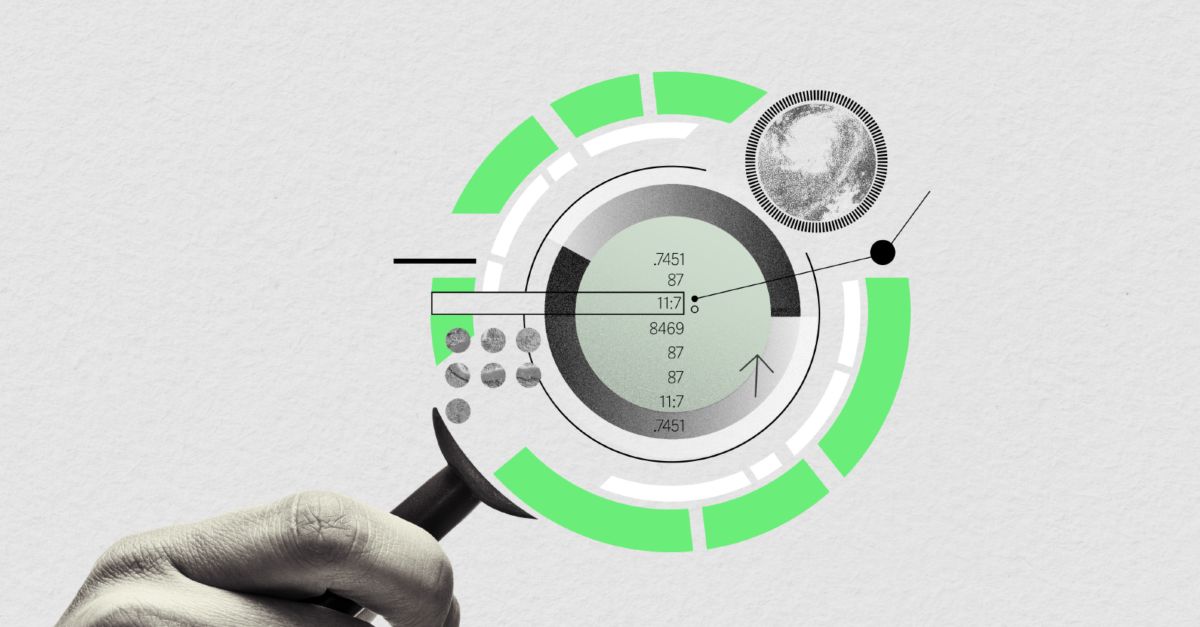

Underlying US inflation moves in the right direction
Introduction
The Federal Reserve’s preferred measure of inflation, the personal consumption expenditure deflator (PCE-deflator), showed a slight acceleration in February, similar to the consumer price index (CPI). However, underlying inflation continues to decelerate. This report analyzes the data from the government’s report on personal income and personal consumption expenditures, highlighting the Sustainable Development Goals (SDGs) throughout.
Inflation Data
- Headline prices, measured by the PCE-deflator, increased by 2.5% from the previous year in February, up from 2.4% in January.
- Core prices, which exclude volatile food and energy prices, increased by 2.8% from the previous year, reaching the lowest level in three years.
- Both headline and core prices increased by 0.3% from the previous month.
Energy and Food Prices
- Energy prices decreased by 2.3% from the previous year.
- Food prices increased by only 1.3% from the previous year, following a period of sharp increases.
Durable Goods and Non-Durable Goods
- Prices of durable goods decreased by 2.0% from the previous year, reflecting an easing of supply chain disruption.
- Prices of non-durable goods increased by only 0.8% from the previous year.
Services
- Prices of services increased by 3.8% from the previous year and by 0.3% from the previous month.
- Services tend to be labor-intensive, and with a tight labor market and rising wages, the Federal Reserve aims to weaken the labor market to bring inflation down to the 2.0% target.
Implications for Monetary Policy
The Federal Reserve has signaled its intention to keep interest rates elevated for several more months in order to weaken the labor market. However, the lagged impact of stable house prices on the shelter component of the price index may lead to further easing of inflation, even without a weakening labor market. This suggests that the Fed may choose to cut rates by June, aligning with SDG 8: Decent Work and Economic Growth.
Fed Chair Jerome Powell’s Remarks
Fed Chair Jerome Powell stated that the Fed is being criticized from both sides, with some advocating for higher rates and others for lower rates. He emphasized that the economy is strong, the labor market is in a good place, and the US is not in a recession. Powell also mentioned that the Fed will take its time in deciding on the next move and will not overreact to short-term data. These remarks align with SDG 10: Reduced Inequalities and SDG 17: Partnerships for the Goals.
Income and Spending Data
- Real disposable personal income, adjusted for inflation, fell by 0.1% from January to February due to a surge in tax payments, offsetting rising wages.
- The personal savings rate decreased from 4.1% in January to 3.6% in February.
- Real personal consumption expenditures increased by 0.4% from January to February.
Spending by Category
- Real spending on durables increased by 1.2%.
- Real spending on non-durable goods decreased by 0.6%.
- Real spending on services increased by 0.6%.
The positive spending data indicates potential growth in the first quarter GDP, as consumer spending accounts for about 70% of GDP, aligning with SDG 8: Decent Work and Economic Growth.
SDGs, Targets, and Indicators
| SDGs | Targets | Indicators |
|---|---|---|
| SDG 8: Decent Work and Economic Growth | 8.5: By 2030, achieve full and productive employment and decent work for all women and men, including for young people and persons with disabilities, and equal pay for work of equal value | – No specific indicators mentioned in the article |
| SDG 12: Responsible Consumption and Production | 12.2: By 2030, achieve the sustainable management and efficient use of natural resources | – No specific indicators mentioned in the article |
| SDG 13: Climate Action | 13.3: Improve education, awareness-raising, and human and institutional capacity on climate change mitigation, adaptation, impact reduction, and early warning | – No specific indicators mentioned in the article |
| SDG 1: No Poverty | 1.2: By 2030, reduce at least by half the proportion of men, women, and children of all ages living in poverty in all its dimensions according to national definitions | – No specific indicators mentioned in the article |
| SDG 3: Good Health and Well-being | 3.8: Achieve universal health coverage, including financial risk protection, access to quality essential health-care services, and access to safe, effective, quality, and affordable essential medicines and vaccines for all | – No specific indicators mentioned in the article |
| SDG 10: Reduced Inequalities | 10.4: Adopt policies, especially fiscal, wage, and social protection policies, and progressively achieve greater equality | – No specific indicators mentioned in the article |
| SDG 2: Zero Hunger | 2.1: By 2030, end hunger and ensure access by all people, in particular the poor and people in vulnerable situations, including infants, to safe, nutritious, and sufficient food all year round | – No specific indicators mentioned in the article |
| SDG 9: Industry, Innovation, and Infrastructure | 9.3: Increase the access of small-scale industrial and other enterprises, in particular in developing countries, to financial services, including affordable credit, and their integration into value chains and markets | – No specific indicators mentioned in the article |
| SDG 16: Peace, Justice, and Strong Institutions | 16.6: Develop effective, accountable, and transparent institutions at all levels | – No specific indicators mentioned in the article |
| SDG 5: Gender Equality | 5.1: End all forms of discrimination against all women and girls everywhere | – No specific indicators mentioned in the article |
| SDG 7: Affordable and Clean Energy | 7.2: By 2030, increase substantially the share of renewable energy in the global energy mix | – No specific indicators mentioned in the article |
| SDG 4: Quality Education | 4.4: By 2030, substantially increase the number of youth and adults who have relevant skills, including technical and vocational skills, for employment, decent jobs, and entrepreneurship | – No specific indicators mentioned in the article |
| SDG 6: Clean Water and Sanitation | 6.4: By 2030, substantially increase water-use efficiency across all sectors and ensure sustainable withdrawals and supply of freshwater to address water scarcity and substantially reduce the number of people suffering from water scarcity | – No specific indicators mentioned in the article |
| SDG 11: Sustainable Cities and Communities | 11.1: By 2030, ensure access for all to adequate, safe, and affordable housing and basic services and upgrade slums | – No specific indicators mentioned in the article |
| SDG 15: Life on Land | 15.9: By 2020, integrate ecosystem and biodiversity values into national and local planning, development processes, poverty reduction strategies, and accounts | – No specific indicators mentioned in the article |
| SDG 14: Life Below Water | 14.2: By 2020, sustainably manage and protect marine and coastal ecosystems to avoid significant adverse impacts, including by strengthening their resilience, and take action for their restoration to achieve healthy and productive oceans | – No specific indicators mentioned in the article |
Behold! This splendid article springs forth from the wellspring of knowledge, shaped by a wondrous proprietary AI technology that delved into a vast ocean of data, illuminating the path towards the Sustainable Development Goals. Remember that all rights are reserved by SDG Investors LLC, empowering us to champion progress together.
Source: www2.deloitte.com

Join us, as fellow seekers of change, on a transformative journey at https://sdgtalks.ai/welcome, where you can become a member and actively contribute to shaping a brighter future.






